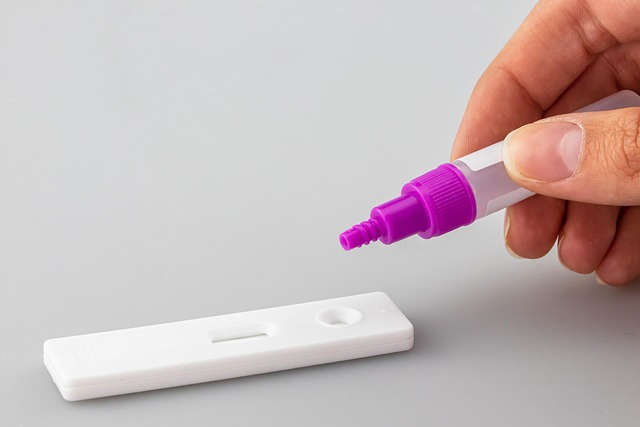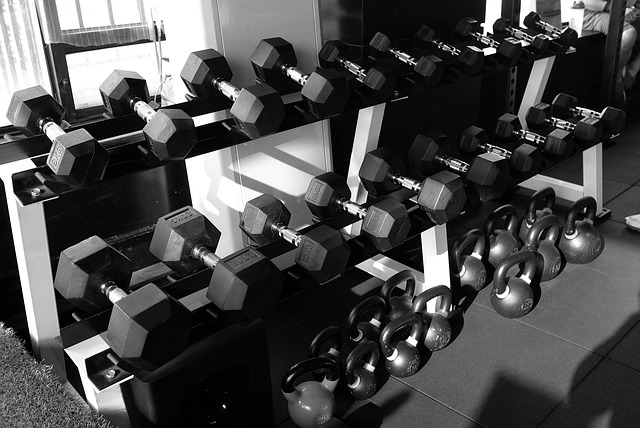There’s nothing quite like the rush of finishing a challenging cardio session—your heart pumping, endorphins flowing, and that sense of accomplishment that fuels your drive for the next workout. Yet, the real secret to consistent progress lies in how swiftly your body bounces back. Embracing Quick recovery strategies transforms fatigue into fuel, keeping your energy high and your goals within reach.
Understanding Quick recovery in Cardio Training
Cardio workouts push your cardiovascular system, break down muscle fibers, and tap into energy stores. Quick recovery isn’t just about feeling less sore the next day—it’s a holistic approach that optimizes healing, repairs tissues, and restores glycogen levels so you can hop back on the treadmill, bike, or track with confidence.
Fitness Benefits of Rapid Cardio Recovery
- Increased Workout Frequency: Speedier recovery lets you train more often, accelerating improvements in endurance and stamina.
- Enhanced Performance: Proper recovery maximizes power output, helping you sustain higher intensities during each session.
- Injury Prevention: Reducing lingering muscle fatigue lowers your risk of strains and overuse injuries.
- Steady Progression: Quick recovery helps you avoid plateaus, ensuring steady gains in speed, distance, and overall cardio capacity.
Effective Training Strategies for Quick recovery
- Active Rest Days: Engage in low-intensity activities—like walking, swimming, or yoga—to promote blood flow and nutrient delivery to muscles.
- Dynamic Stretching & Foam Rolling: Incorporate gentle mobility work post-workout to release tension and accelerate muscle repair.
- Hydration & Electrolytes: Replenish fluids and minerals lost through sweat to maintain optimal muscle function and prevent cramping.
- Protein & Carbohydrate Balance: A post-exercise meal combining lean protein and complex carbs jump-starts tissue rebuilding and replenishes glycogen.
- Progressive Overload with Smart Rest: Gradually increase intensity while scheduling ample rest intervals—let your body adapt without overwhelming it.
Health Considerations to Support Speedy Recovery
Your overall well-being underpins how effectively you bounce back. Prioritize:
- Quality Sleep: Aim for 7–9 hours per night; deep sleep stages are critical for growth hormone release and muscle repair.
- Stress Management: Techniques like meditation or deep breathing reduce cortisol levels, allowing recovery processes to proceed unimpeded.
- Anti-Inflammatory Nutrition: Foods rich in omega-3s, antioxidants, and phytonutrients help tame inflammation and accelerate healing.
- Regular Health Check-Ups: Monitoring key markers—such as iron levels and vitamin D—ensures you’re not missing vital components for cellular repair.
Daily Activity Tips for Maintaining Momentum
- Micro-Breaks: Stand, stretch, or walk briefly every hour if you have a sedentary job—prevent stiffness and keep blood circulating.
- Active Commuting: Cycle or walk part of your route to add gentle aerobic stimulus without taxing your recovery window.
- Post-Workout Cool-Down: Spend 5–10 minutes gradually lowering intensity with light jogging or cycling, followed by stretching.
- Mental Refreshers: Short mindfulness sessions or nature walks can reenergize both body and mind, supporting holistic recovery.
By weaving these Quick recovery approaches into your cardio routine, you’ll feel more vibrant, train smarter, and unlock new levels of endurance and performance. The next time your heart races and lungs burn, remember that the journey to peak fitness is paved with intentional recovery—embracing it means every stride, pedal, or jump brings you closer to your best self.



